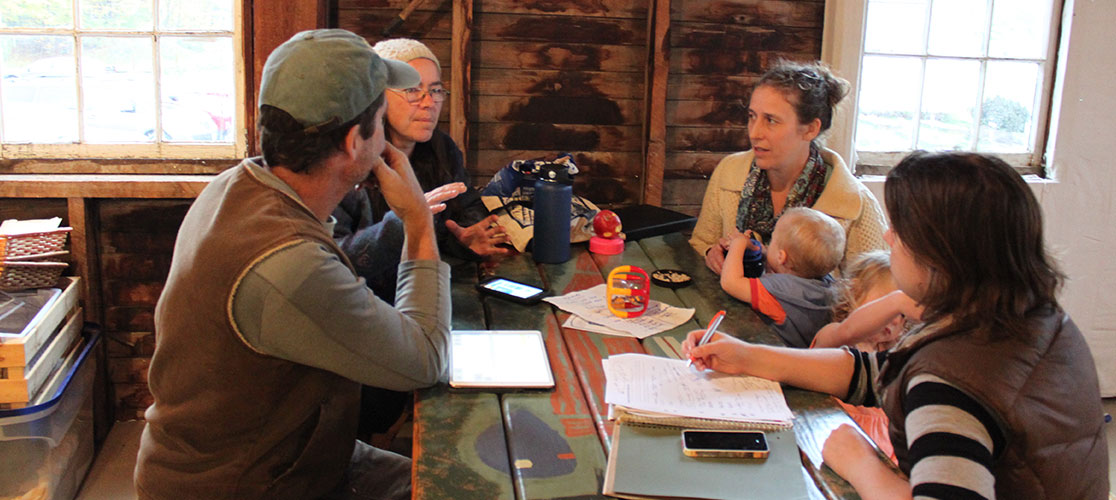
VT Food Security Roadmap: Objective C2
C2: Expand local collaboration for effective delivery of daily and emergency food security resources
C2: Expand local collaboration for effective delivery of daily and emergency food security resources

Vermont has the opportunity to design an excellent food security emergency response system using recent lessons learned. State support, funding, and coordination are necessary to ensure systems and structures are in place and ready to be activated during emergencies (Objective G4).
However, cooperation with towns, community groups, service providers, and local leaders is essential. These ensure the efficacy of state emergency operations by providing outreach, tailoring implementation, and liaising with state and federal operators. They are a direct line to the daily needs and wants of the most vulnerable Vermonters. Increasing their collaboration and communication with each other and with the State can expand access to resources and guarantee that the needs of vulnerable Vermonters come first. The broad strategic suggestions here are an overview, keeping in mind that the details are specific to individual communities and towns.
Keep in Mind
The strategies here are suggested ideas for towns to connect to the State on actions the Roadmap recommends. They are not meant to imply that towns and communities are solely responsible for ensuring the food security of residents or community members.
Strategies marked with a ![]() are high-priority
are high-priority
Create purposeful local redundancies in food security leadership and information-sharing. Clearly identify official and unofficial trusted community leaders (e.g., spiritual leaders, community elders, town clerks, school staff, etc.), and build a communication system to quickly share resources and information amongst them. This will improve the reach and continuity of existing services as well as emergency response.
Expand local and regional partnerships for the purpose of coordinating efforts to reach food insecure Vermonters in a direct and dignified manner during emergencies. This will improve existing services as well as emergency response.
When creating locally tailored information resources, be sure to both draw from and contribute to Vermont 211 (the statewide resource database that provides information to all Vermonters). Localized resource guides can be effective because they contain hyperlocal information and are affiliated with local, trusted entities. Systems should be put in place at the local level to ensure information is regularly updated and accurate. When informed by and connected to local information, Vermont 211 can then fulfill its role as an emergency and daily resource.
“Down here in this area we have really worked it out by having nonprofits and for-profits work together to get food out.”
“We need a central hub or services person who can share all required information on programs/services. Someone who is informed about everything, so people don’t have to hunt for the information. Person could be available at the library one day a week?”
“[During the pandemic] the regular ’info sharing’ meetings of all kinds around the state were very important—including statewide, topical, and subregional.”
“Please partner with as many similarly minded groups as possible, even if the connections aren’t as immediately obvious. We need to pool our voices and work together.”
“Community agency is critical, important to listen to what the community needs and wants.”